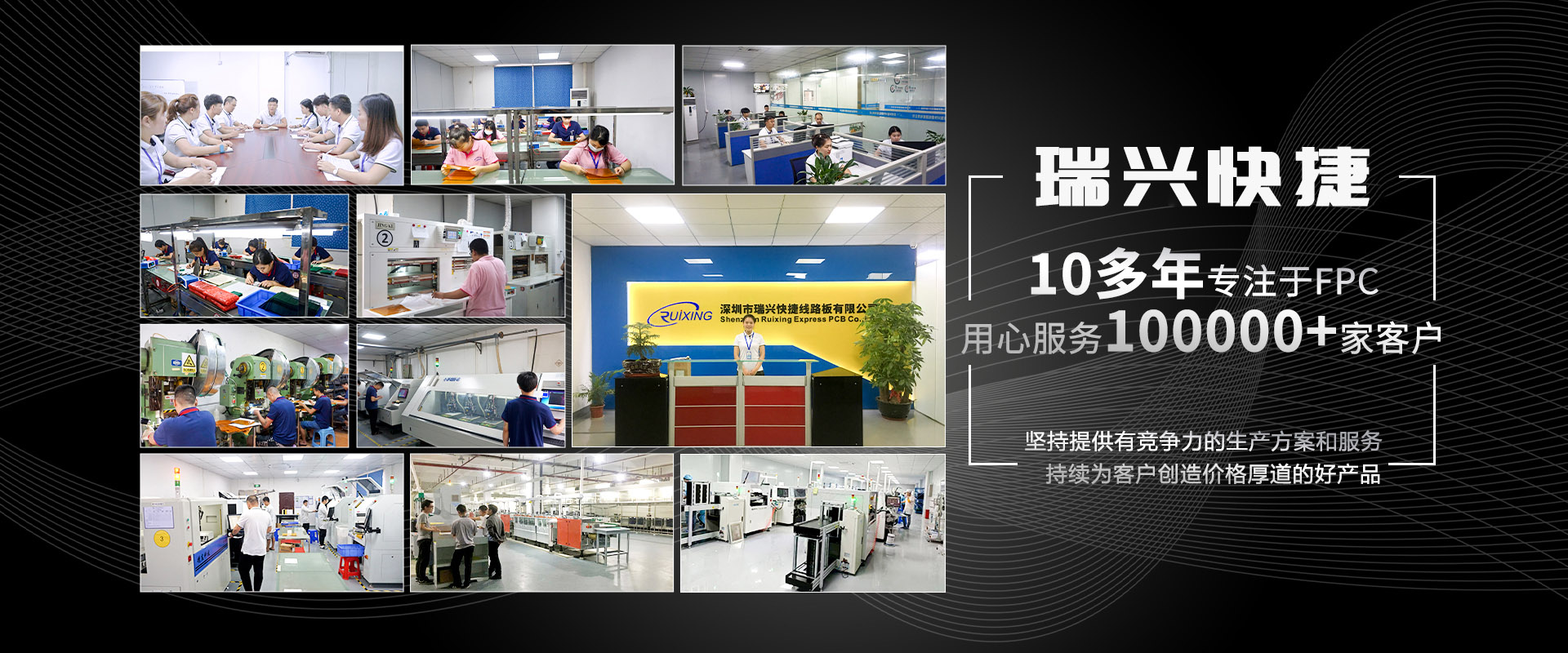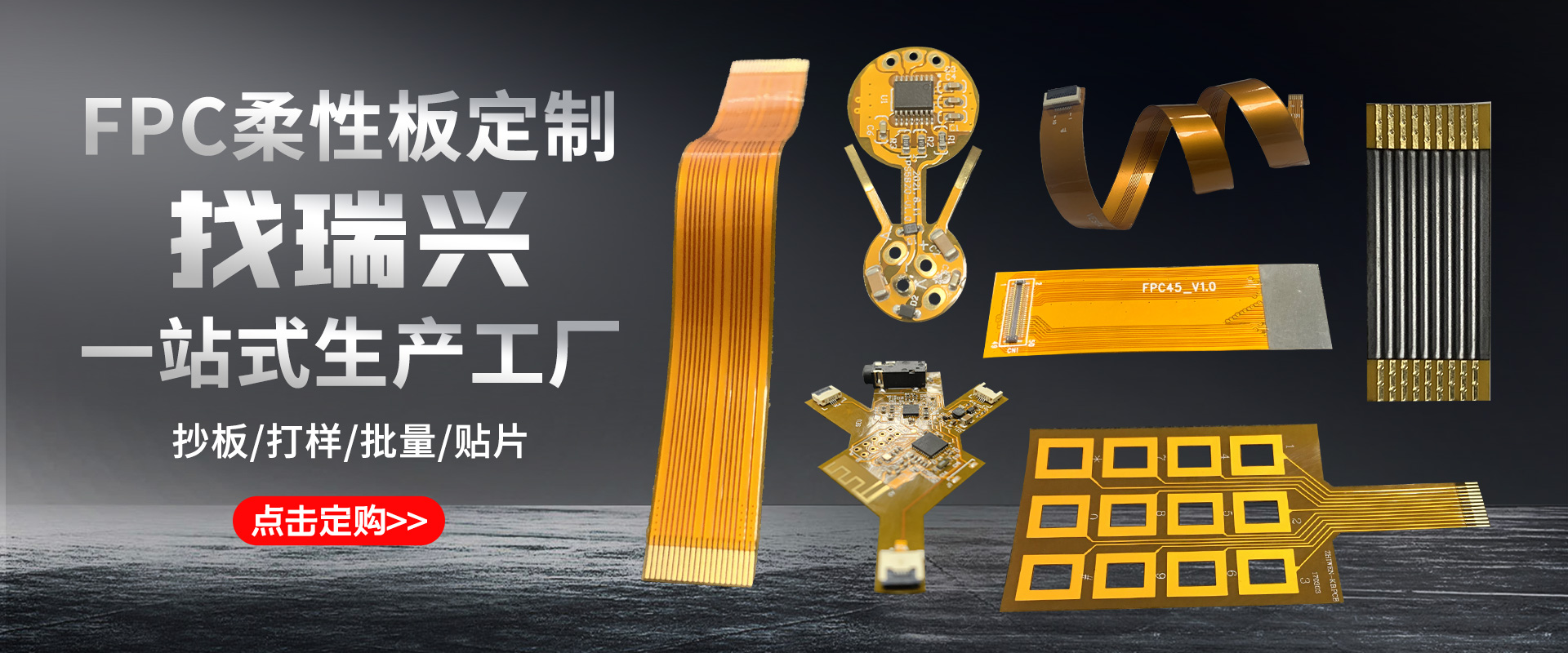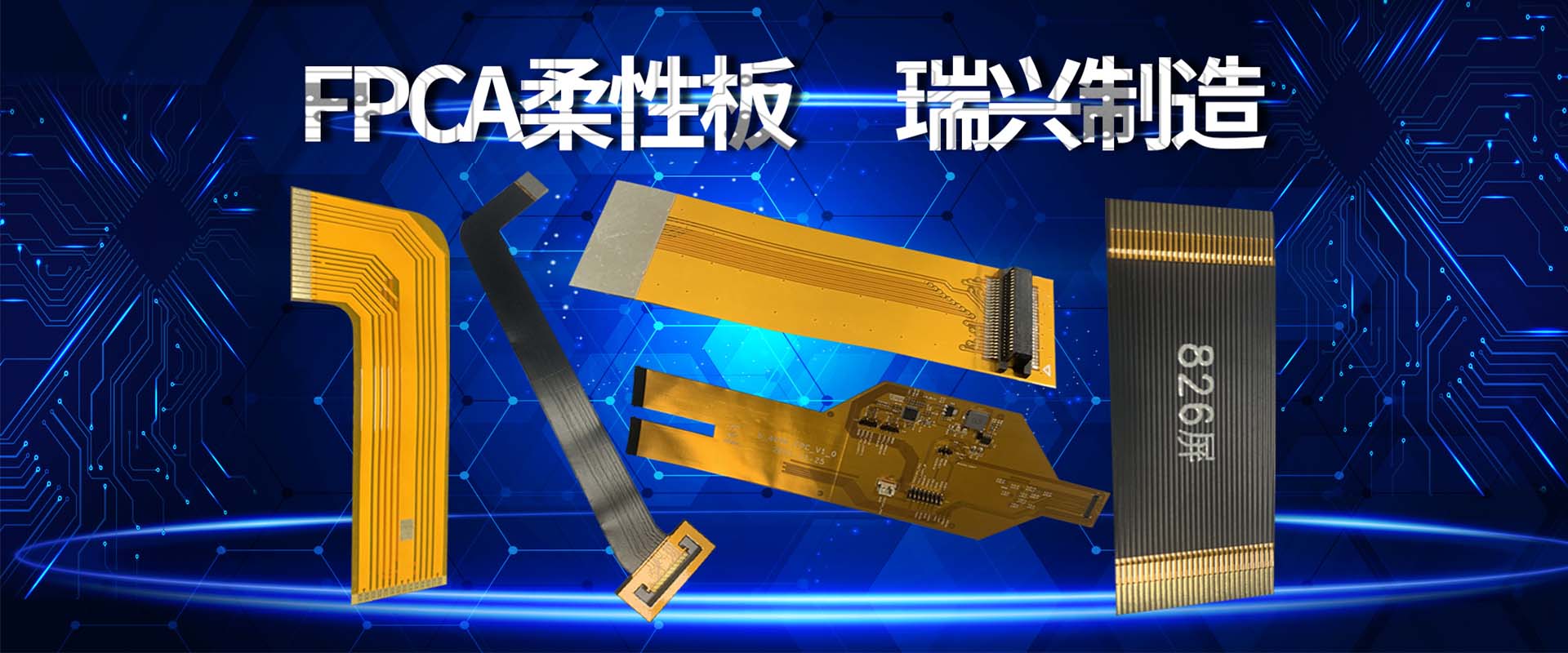
Bipolar plate of fuel cell stack
Bipolar Plate (BP), also known as flow field plate, is laminated with membrane electrode and assembled into a stack, which plays a role in supporting, collecting current, providing channels for coolant, separating oxidant and reducing agent in fuel cell--- Provided by Xintai Mingti.
In terms of function, the bipolar plate material is required to be a good conductor of electricity and heat, with certain strength and gas compactness; In terms of stability, the bipolar plate is required to have corrosion resistance in the environment of fuel cell acidity (pH=2-3), potential (E=~1.1 V), moist heat (steam-water two-phase flow,~80 ℃), and compatibility with other components and materials of fuel cell without pollution; In terms of productization, bipolar plate materials should be easy to process and low cost.
Bipolar plate of fuel cell stack
The bipolar plate materials commonly used in fuel cells are shown in the figure below, including graphite carbon plate, metal bipolar plate and composite bipolar plate.
1. Graphite bipolar plates have excellent chemical stability and high conductivity in the environment of fuel cells, and are the most widely used materials in the research and application of proton exchange membrane fuel cells. But it has some disadvantages such as heavy, brittle and expensive processing. Graphite bipolar plates are widely used in commercial vehicles because of their long durability.
2. The metal bipolar plate has the advantages of high conductivity, low price, diverse processing methods, high mechanical strength, etc., but it is prone to corrosion, metal ion pollution, high density, heavy weight, and oxide film is formed on the surface. The technical difficulties of the metal bipolar plate are the forming technology and the surface treatment technology of the metal bipolar plate. Among them, non-noble metals (such as stainless steel and Ti) as the base material and surface treatment technology are the research hotspots. The main content is to screen conductive, corrosion-resistant and compatible coating materials and ensure the dense and stable preparation technology of the coating
Due to the limitation of vehicle space (especially for passenger cars), the fuel cell of passenger cars has high energy density requirements, and metal bipolar plates have obvious advantages over graphite and composite bipolar plates.
Metal bipolar plates have greatly improved the power density of PEMFC modules, and metal bipolar plates have become the mainstream bipolar plates of passenger car fuel cells.
3. Composite bipolar plate can better combine the advantages of graphite plate and metal plate, with low density, corrosion resistance and easy forming, so that the stack can achieve better results after assembly. However, at present, the processing cycle is long and the long-term working reliability is poor, so it has not been widely promoted. Composite bipolar plates have also begun to be applied in recent years, such as graphite/resin composite materials, carbon/carbon composite materials, etc., which have the development capacity in China.
With the rapid development of hydrogen fuel cell vehicles, it is bound to have higher demands on the quality of bipolar plates. The spring of bipolar plates is coming!
Bipolar plate of fuel cell stack







